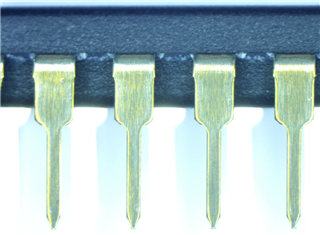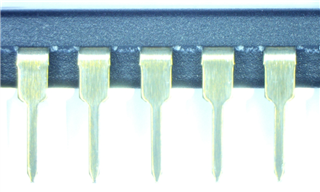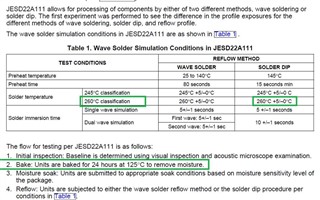Hi,
Our customer has ordered sn65lbc175an twice. However, the products did not pass the solderability test and had slight oxidation. Please look at the solderability test report and help to explain the following questions:
1. Why did the part not pass the solderability test?
2. Does it affect the use?
Thank you for your help.






